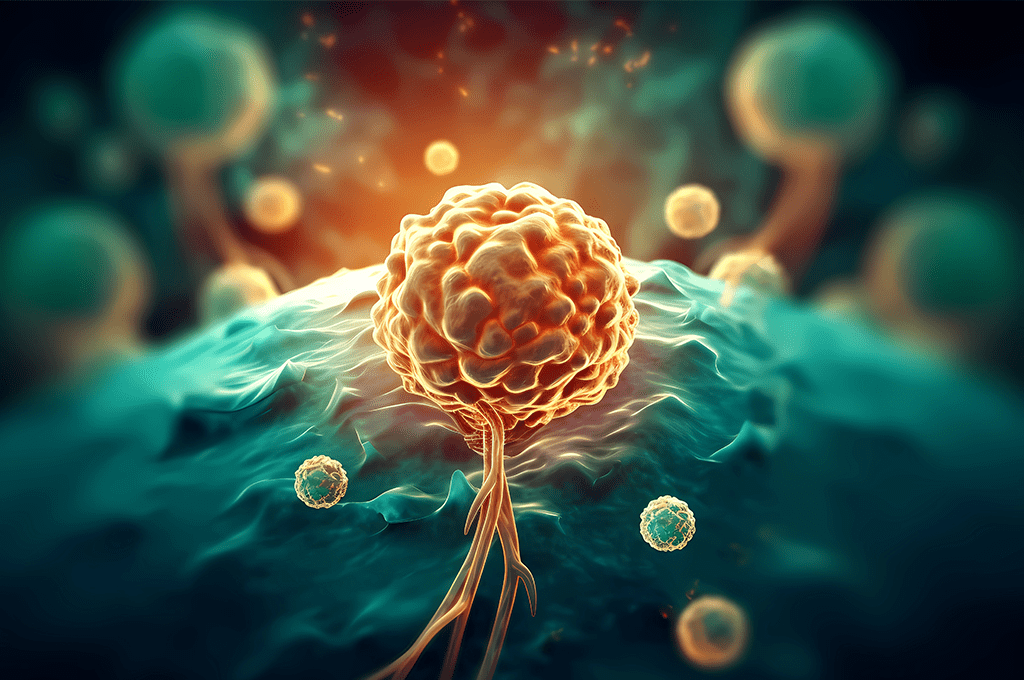New single-cell DNA sequencing method developed by SciLifeLab researchers
SciLifeLab researchers from Karolinska Institutet have developed a new single-cell DNA sequencing method that allows efficient profiling of somatic DNA copy number alterations (SCNAs) in fixed cells or nuclei. When applying this method to map SCNAs across thousands of nuclei extracted from multiple regions of prostatectomy samples from patients with early-stage prostate cancer. The researchers revealed widespread SCNAs in both tumors and admixed normal regions. The results of this study are now published in Nature Communications.
Somatic copy number alterations (SCNAs) are defined as the loss or gain of genomic segments longer than 1 kilobase (kb). Represents a hallmark of cancer genomes and can contribute to tumor initiation or progression by altering gene dosage or by rewiring the three-dimensional (3D) structure of the genome. SCNAs form as a result of various processes that lead to genome instability, such as mitotic errors and replication stress, or as a consequence of DNA repair defects and/or exposure to exogenous DNA damaging agents.
Tumors are usually composed of different groups of tumor cells (subclones) harboring distinct (although often related) genome-wide patterns of SCNAs, which formed at different times during tumor evolution. Hence, profiling SCNAs across many single tumor cells or nuclei can be used to delineate the subclonal architecture of tumors and infer their evolutionary history.
In recent years, numerous single-cell DNA sequencing (scDNA-seq) methods have been developed and applied to profile SCNAs in single cells or nuclei from tumor samples, contributing to casting light on the clonal architecture and evolutionary history of different tumor types. However, these methods have not been leveraged to study SCNA heterogeneity across many tumor regions and surrounding normal tissues, which is needed to better understand the origin and evolution of SCNAs.
Localized prostate cancer represents an ideal model system to investigate the spatial heterogeneity of SCNAs, because the entire prostate gland is often removed during surgery and typically contains multiple tumor foci admixed with normal tissue regions. Although multi-region sequencing approaches and spatial transcriptomics have been used to investigate spatial genetic heterogeneity in the prostate, scDNA-seq methods had not been applied in this context prior to this study.
Spatially resolved single-cell DNA sequencing with scCUTseq
To be able to chart SCNAs across many nuclei extracted from normal and tumor regions in the prostate, a team of researchers from Karolinska Institutet and SciLifeLab, led by Nicola Crosetto and Magda Bienko, first developed a new scDNA-seq method, named scCUTseq, which builds on the CUTseq method previously developed by the same group. scCUTseq is compatible with fixed nuclei and uses nanodispensing technology, which allows processing many tissue samples cost-effectively.
The researchers then prospectively collected six prostatectomy samples from patients that underwent endoscopic surgery for localized prostate cancer at Södersjukhuset hospital in Stockholm. From each sample, the researchers sliced out a ~5 mm-thick section, and then cut each section into small cubes that were immediately frozen. Subsequently, they extracted DNA and RNA from each cube, as well as cell nuclei that were individually sorted in multi-well plates for scCUTseq.
By sequencing more than 10,000 nuclei from 70 tissue cubes, the researchers found three major groups of cells with distinct SCNA patterns: (i) normal cells without alterations; (ii) a group of clearly aneuploid cells (10–15%) with multiple copy number alterations affecting all chromosomes; and (iii) a larger group of cells (20–30%) containing few smaller SCNAs affecting one or more chromosomes (typically deletions), which they named ‘pseudo-diploid’.
Notably, both aneuploid and pseudo-diploid cells were found in all tissue regions analyzed, including many normal regions that did not display any sign of tumor based on histology and RNA sequencing. Phylogenetic analysis using the single-cell SCNA profiles showed that pseudo-diploid cells—but not aneuploid cells—formed many small subclones unrelated to each other, indicating that these cells likely originated independently from different ancestors. Remarkably, while some subclones were spread throughout the entire prostate section, others were highly localized in few tumor regions. Closer analysis of the SCNA profiles of the pseudo-diploid cells in these highly localized subclones revealed a previously uncovered pattern of co-deletions of multiple tumor-suppressor genes associated with prostate carcinogenesis.
“These results suggest that genome instability processes that cause the formation of SCNAs are widespread in the prostate gland of aging individuals. However, tumorigenesis starts only when these genomic alterations result in the loss of multiple tumor-suppressor genes that are crucial for cell homeostasis in the prostate tissue”
Nicola Crosetto, last author and principal investigator on the study.
“This was a great experience of highly collaborative study, which involved multiple clinicians and academic researchers from institutes in Sweden, Germany, Italy, and China” say SciLifeLab researchers Ning Zhang, Luuk Harbers, and Michele Simonetti, who share the first authorship and have now moved to new appointments in China, Belgium, and Sweden. “We hope that the scCUTseq method, which we have developed together, will be picked up by many groups worldwide to study intratumor heterogeneity across many cancer types, hopefully contributing to the personalization of cancer medicine.”
The research was supported, among others, by the Swedish Foundation for Strategic Research (SSF), the Swedish Cancer Society (Cancerfonden), the Swedish Research Council, the Ragnar Söderberg Foundation, Cancer Research KI at Karolinska Institutet, and the Marie Sklodowska-Curie Innovative Training Networks (ITN) funded by the European Union.





